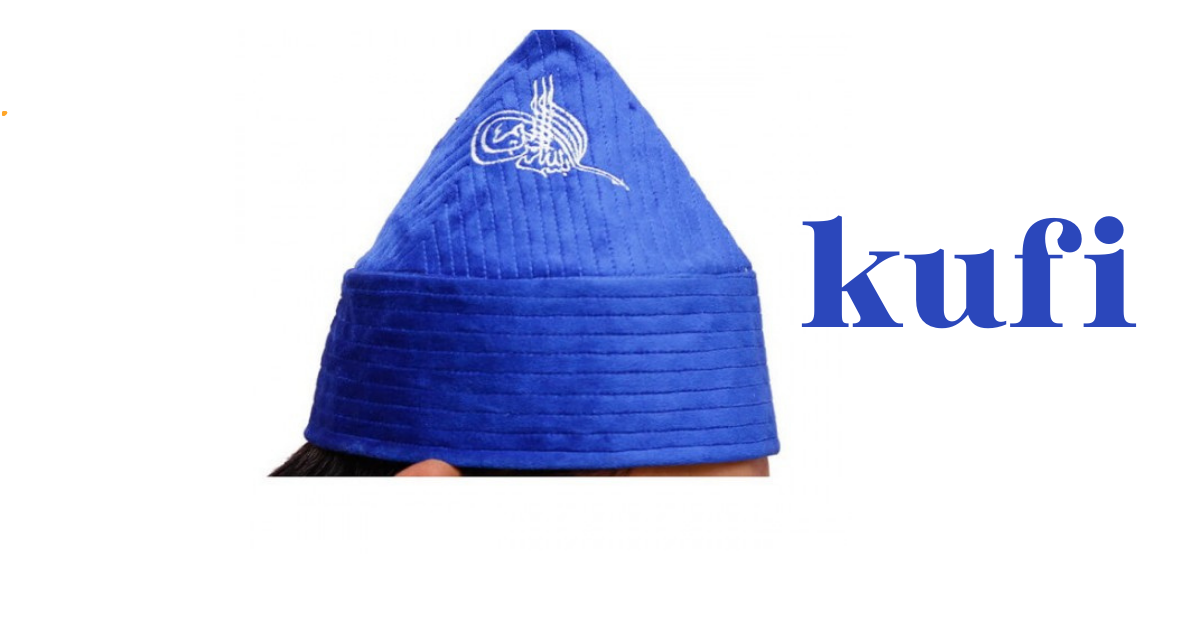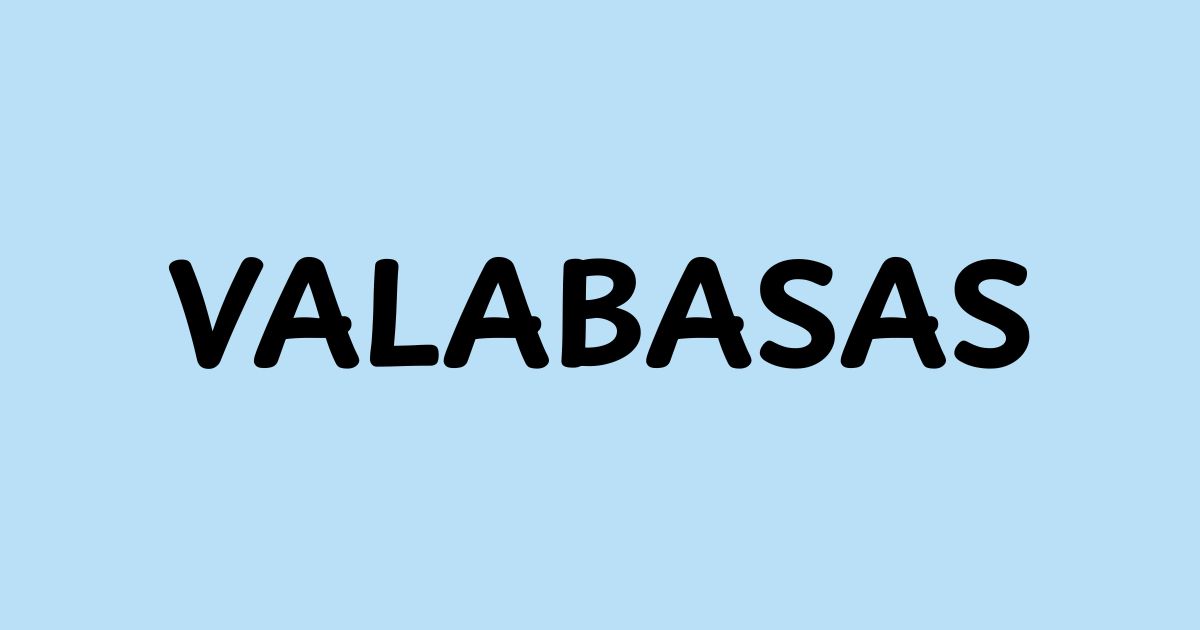The kufi, a small round cap typically worn by men, holds profound significance in Islamic culture and traditions. Although seemingly simple in appearance, this cap represents much more than just a piece of attire. From religious symbolism to cultural heritage, the kufi has made its way into the wardrobes of Muslim men across various countries, symbolizing modesty, faith, and a connection to Islamic history.
This article will explore the origins, styles, cultural importance, and the religious context of the ku fi, highlighting its role in both daily life and spiritual practices.
What Is a Kufi?
The ku fi is a round, brimless cap that is commonly worn by men in Islamic cultures. Made from various materials such as cotton, wool, or silk, it is often plain but can also be embroidered with intricate patterns. Though its style and fabric may vary depending on the region, its purpose remains the same: to cover the head as an expression of faith, modesty, and identity.
Origins of the Kufi
The origin of the ku fi dates back centuries, and its exact roots are difficult to trace. However, it is widely believed that the ku fi evolved from traditional headwear worn in the Middle East and Africa. Early Islamic societies adopted this style of cap as a way to adhere to the teachings of Islam, where modesty and humility are emphasized. The Prophet Muhammad is known to have covered his head, and many Muslims today follow that example.
Kufi in Different Cultures
Though the ku fi is a universal symbol in Islam, it takes on different forms in various cultures. Each region adds its unique touch to the design, fabric, and color.
Africa: In countries like Nigeria, Senegal, and Somalia, the ku fi is often made from intricately woven fabrics and may feature bright colors or detailed embroidery. It’s commonly worn on special occasions such as weddings, religious gatherings, and ceremonies.
Middle East: In the Middle East, the ku fi is generally simpler and made from lightweight fabrics such as cotton or wool. The colors tend to be more subdued, often in white or black, symbolizing purity and faith.
Southeast Asia: In countries like Indonesia and Malaysia, the ku fi (locally called the “songkok”) is part of traditional dress, especially during Islamic holidays and celebrations like Eid. It often has a slightly different shape, with a flat top and sometimes a stiff structure.
The Religious Significance of the Kufi
In Islam, wearing a ku fi is often seen as a reflection of one’s faith. While not obligatory, many Muslim men choose to wear the kufi as a symbol of their devotion. Covering the head is regarded as a sign of modesty and respect in Islam. It is especially common to wear a ku fi during prayers, as a way to maintain spiritual focus and humility before Allah.
Additionally, some Muslims believe that the kufi helps distinguish them from non-believers, allowing them to maintain a visible marker of their religious identity.
Different Types of Kufi Caps
While the basic design of the ku fi remains the same, there are various styles and types available, each serving different purposes.
Plain Kufi: The most common type, this is a simple, often white or black cap with no embellishments. It is typically worn during daily prayers and casual religious settings.
Embroidered Kufi: This type features intricate embroidery, often in gold or silver thread, and is worn during special occasions or religious holidays.
Crocheted Kufi: Popular in Africa and the Middle East, the crocheted ku fi is lightweight and breathable, making it ideal for everyday wear in warmer climates.
Brimless Wool Kufi: Designed for colder regions, this ku fi is made from wool and offers warmth while maintaining its traditional look.
How to Wear a Kufi
Wearing a kufi is simple, yet it carries a sense of pride and respect for many Muslim men. The kufi is typically placed on the head, fitting snugly to cover the crown. It is worn during prayer times and often during daily life as a symbol of Islamic identity. Unlike some other religious head coverings, the ku fi is easy to wear and doesn’t require any additional accessories to hold it in place.
The Symbolism of Colors in Kufi Caps
The color of the ku fi can hold different meanings, depending on the cultural context or the personal preference of the wearer.
White: White is a color of purity and is often worn during prayers, especially on Fridays (Jumu’ah) or during religious festivals like Eid.
Black: Black kufis are seen as a symbol of simplicity and humility. They are often worn during somber occasions, such as funerals, or by men who prefer a more subdued look.
Bright Colors: In African and Southeast Asian cultures, ku fis may be colorful and decorative, reflecting the vibrant traditions of the region.
Kufi as an Expression of Personal Style
Beyond its religious and cultural significance, the kufi has also become a style statement for many Muslim men. With modern adaptations, it’s not uncommon to see kufis in a variety of fabrics, colors, and patterns that match contemporary fashion. The kufi is often paired with other traditional garments like the thobe or the dashiki, but it can also be worn with casual clothing.
The Role of the Kufi in Islamic Ceremonies
Kufi caps are often worn during Islamic ceremonies such as weddings, funerals, and religious festivals. During these events, the kufi serves not only as a religious symbol but also as a mark of respect for the occasion. In weddings, the groom may wear an elaborately embroidered kufi, while simpler ones may be worn by attendees at a funeral.
The Impact of the Kufi in Modern Society
As the world becomes more globalized, the kufi has found its place outside of strictly religious contexts. It is often worn by men of African descent in the diaspora as a nod to both their Islamic faith and their cultural heritage. Furthermore, non-Muslims have started adopting the kufi as a fashion item, though its roots remain deeply connected to Islamic culture.
Conclusion
The kufi is more than just a cap—it’s a representation of Islamic faith, modesty, and cultural heritage. Over centuries, this simple yet meaningful headwear has transcended borders and taken on new forms, all while maintaining its deep connection to Islam. Whether worn for religious reasons or as an expression of cultural pride, the kufi remains a timeless symbol in the Muslim world.
FAQs
Is wearing a kufi mandatory in Islam?
No, wearing a kufi is not obligatory in Islam, but many Muslim men choose to wear it as a sign of faith and modesty.
Can non-Muslims wear kufis?
Yes, non-Muslims can wear kufis as a fashion statement, though its religious and cultural significance should be respected.
What is the difference between a kufi and a taqiyah?
The terms are often used interchangeably, but a taqiyah generally refers to a specific type of Muslim skullcap, while kufi is a broader term that encompasses various styles of headwear.
Why do some kufis have embroidery?
Embroidery is often added to kufis for special occasions or to reflect cultural traditions, particularly in African and Middle Eastern cultures.
Can women wear kufis?
Though kufis are traditionally worn by men, some women in certain cultures wear them as well, usually as part of specific regional or cultural practices.











